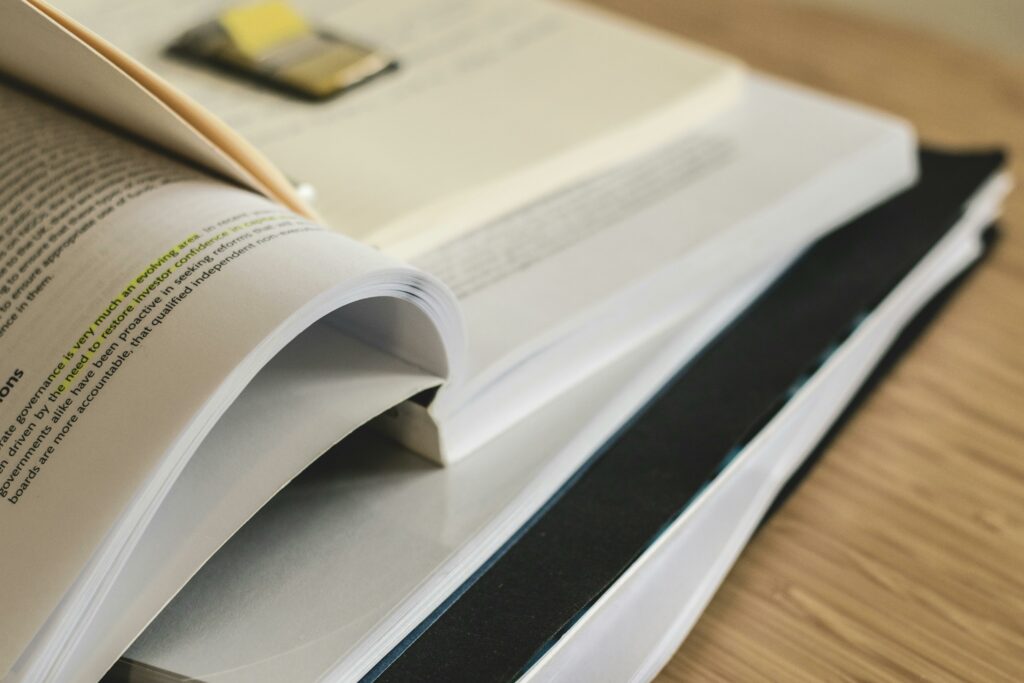Blockchain Data Protection Impact Assessment Template
Request TechGDPR’s free Blockchain DPIA template, guiding organizations with projects involving blockchain technologies, in line with GDPR requirements and the European Data Protection Board’s April 2025 Guidelines on blockchain.
Request the Blockchain DPIA templateThe free Blockchain DPIA template is designed to guide organizations in conducting a comprehensive DPIA for projects involving blockchain technologies, in line with GDPR requirements and the European Data Protection Board’s April 2025 Guidelines on blockchain. It covers all key sections and considerations – from describing the processing and legal basis, to assessing risks specific to blockchain (e.g. immutability, transparency, distributed governance), and detailing mitigation measures, data subject rights, and accountability mechanisms. Each section includes prompts to ensure thoroughness and clarity for DPOs, compliance officers, and legal teams.

What’s Inside the Template?
Our professionally structured DPIA template guides you through every critical aspect of the assessment process:
- Clear DPIA methodology and GDPR alignment
- Systematic breakdown of data flows and processing
- Legal basis and proportionality evaluation
- Risk identification and impact assessment
- Technical and organizational safeguards
- Data subject rights and communication (Articles 15–22)
- Governance, accountability, and audit readiness
Designed for Data Protection Officers (DPOs), compliance leads, blockchain developers and legal teams, this template ensures that nothing is overlooked.
Why Blockchain Projects Need a Data Protection Impact Assessment (DPIA)
A Data Protection Impact Assessment under GDPR Article 35 is mandatory for high‑risk processing, especially for decentralized systems like blockchain. Blockchain’s immutability and distributed ledger structure create specific challenges in enforcing data subject rights and managing international transfers. Our template directly addresses these challenges by guiding your organisation through tailored risk assessment and mitigation.
Our Expertise and Experience with DPIAs
With extensive experience as Data Protection Officers (DPO) for numerous clients, we have a proven track record in conducting and reviewing DPIAs. Our Blockchain DPIA is no exception, we have researched and compiled a Blockchain DPIA template to help guide your use or development of blockchain technologies. Our services are tailored to meet the specific needs of our clients, whether we are performing the entire assessment or assisting with the review process.

Table of Contents
This DPIA Template covers every step from methodology to residual risk evaluation. Below is the full table of contents so you can preview what’s included.
DPIA Introduction and Overview
1.1 Context and Rationale
1.2 DPIA Methodology
Systematic Description of the Processing Operations
2.1 Purpose(s) of Processing
2.2 Data Flow and Architecture
2.3 Categories of Personal Data
2.4 Data Subjects
2.5 Blockchain Network and Infrastructure
2.6 Roles and Responsibilities
2.7 Recipients and Third Parties
2.8 International Data Transfers
2.9 Storage and Data Retention
2.10 Additional Processing Details
Legal Basis and Necessity & Proportionality Assessment
3.1 Lawful Basis for Processing
3.2 Necessity and Proportionality
3.3 Lawfulness Summary
Risk Analysis and Impact Assessment
4.1 Methodology for Risk Assessment
4.2 Identify Potential Risks
4.3 Risk Assessment Table
4.4 Overall Risk Determination
Measures to Address Risks (Technical and Organizational Safeguards)
5.1 Data Protection by Design & Default Measures
5.2 Security Measures (Integrity, Confidentiality, Availability)
5.3 Organizational and Process Measures
5.4 Mapping Measures to Risks
Data Subject Rights and Communication
6.1 Transparent Information (Right to be Informed)
6.2 Right of Access (Article 15) & Data Portability (Article 20)
6.3 Right to Rectification (Article 16)
6.4 Right to Erasure (Article 17) (“Right to be Forgotten”)
6.5 Right to Restriction of Processing (Article 18)
6.6 Right to Object (Article 21)
6.7 Right to Data Portability (Article 20)
6.8 Automated Decision-Making and Profiling (Article 22)
6.9 Handling Requests Procedure
6.10 Communication and User Support
Governance and Accountability Mechanisms
7.1 Recapitulating Roles and Responsibilities
7.2 Consortium or Platform Governance (if applicable)
7.3 Internal Accountability Measures
7.4 Regulatory Cooperation
7.5 Documentation and Demonstrability
7.6 Monitoring and Continuous Improvement
Summary of Residual Risks and Next Steps (DPIA Conclusion)
8.1 Residual Risk Evaluation
8.2 Decision by Controller
8.3 Action Plan
8.4 DPIA Communication
8.5 Review and Revision
Conclusion
Appendix 1: DPIA Checklist & Sign-off
Appendix 2: References

Request the Blockchain DPIA template for free
- Template prompts and expert guidance throughout
- Saves hours of legal drafting and structure setup
- Based on EDPB’s 2025 Blockchain Guidelines
- Trusted by privacy professionals and blockchain innovators
Additional Support Services
If you require further assistance, such as DPIA review, comprehensive privacy consultancy or GDPR implementation support, explore our consulting services:
- Full Data Protection Impact Assessment support
- Expert consultation on GDPR compliance in blockchain environments
- Option to engage us as your external Data Protection Officer (DPO), including monitoring, reporting and advisory services under GDPR Articles 38 and 39
- Fast‑track compliance projects via our established GDPR compliance process proven to achieve results within 100 days